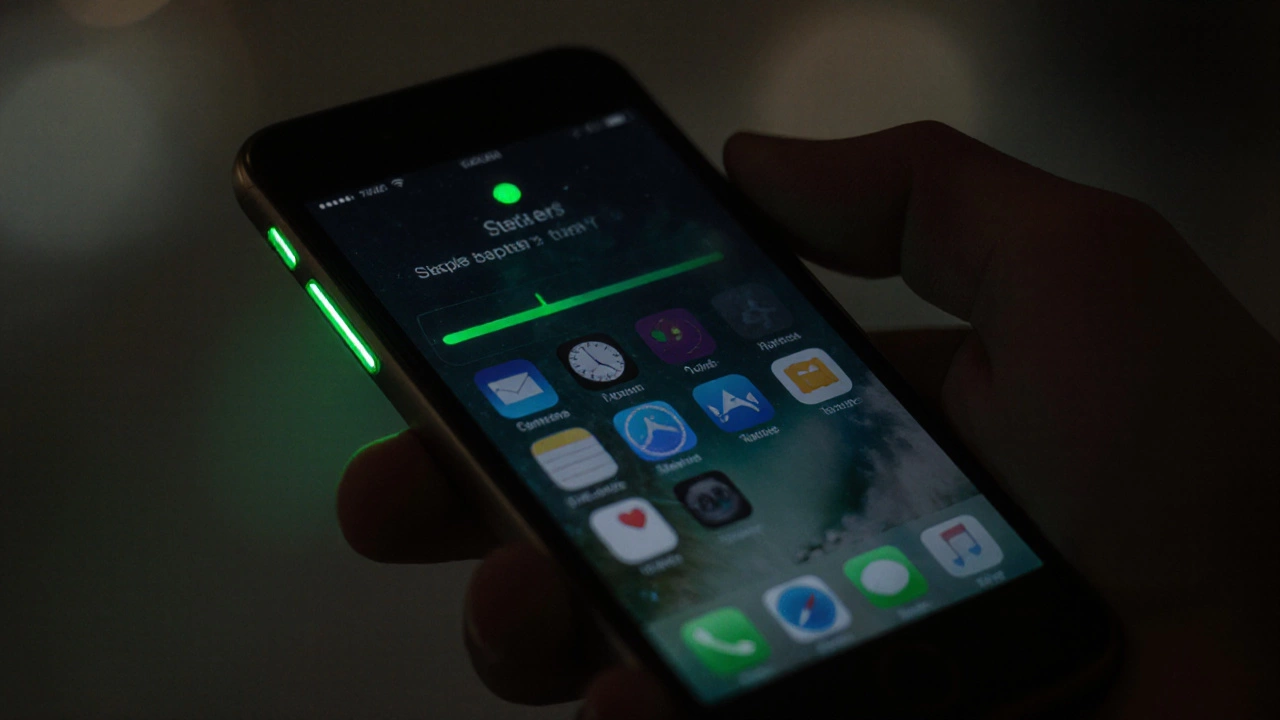When dealing with Mobile Security, the practice of protecting smartphones and tablets from unauthorized access, data leaks, and spying. Also known as mobile device protection, it safeguards personal information wherever you go. Mobile Security encompasses smartphone privacy, requires strict camera permission management, and is constantly challenged by hidden surveillance techniques.
One of the core pillars of Mobile Security is Smartphone Privacy, the right to control who sees your messages, photos, and location data. Smartphone privacy influences how apps store and share information, and it directly shapes the risk profile of any mobile device. When privacy settings are weak, malware can sniff out contacts, and advertisers can build detailed profiles without consent.
Closely linked to privacy is the concept of Camera Permissions, the system controls that decide which apps can access your phone's camera. Managing camera permissions is essential because unchecked access lets malicious software record video or take photos silently. A simple audit of permission lists can stop hidden cameras from turning your handset into a spying tool.
Hidden surveillance, another critical entity, Hidden Surveillance, the covert use of cameras or microphones on a device without the owner's knowledge, directly threatens Mobile Security. When a rogue app enables hidden surveillance, it can capture sensitive conversations or capture your surroundings whenever the phone is unlocked. Detecting such activity often requires third‑party scanner tools that flag abnormal camera usage patterns.
All of these risks feed into Data Security, the set of measures that protect stored and transmitted information on a mobile device. Data security is the final safeguard that encrypts files, secures cloud sync, and ensures that even if a device is compromised, the data remains unreadable. Strong data security policies make it harder for hidden surveillance tools to exfiltrate useful information.
Bringing the pieces together, Mobile Security requires a layered approach: enforce strict camera permissions, regularly audit privacy settings, use anti‑malware tools to spot hidden surveillance, and encrypt personal data. This multi‑step strategy reduces the attack surface and keeps your phone from becoming a passive listening post.
In practice, start by opening your phone’s settings and reviewing each app’s access rights. Next, install a reputable security app that scans for hidden cameras or background recordings. Finally, enable full‑disk encryption and use strong, unique passwords for device unlock and cloud accounts. These actions turn abstract concepts like smartphone privacy and hidden surveillance into everyday habits.
Below you’ll find a curated collection of articles that dive deeper into each of these topics—how to spot a recording phone camera, what legal rights you have, and step‑by‑step guides to tightening your device’s defenses. Explore the posts to turn the theory of Mobile Security into practical, actionable steps for your own phone.

Can someone watch you through your phone camera? Yes, it’s possible-but not as common as you think. Learn how hackers access cameras, which phones are most at risk, and how to protect yourself with simple, proven steps.

Learn how to detect hidden camera usage on your smartphone, review permissions, and secure your privacy with practical steps and legal insights.